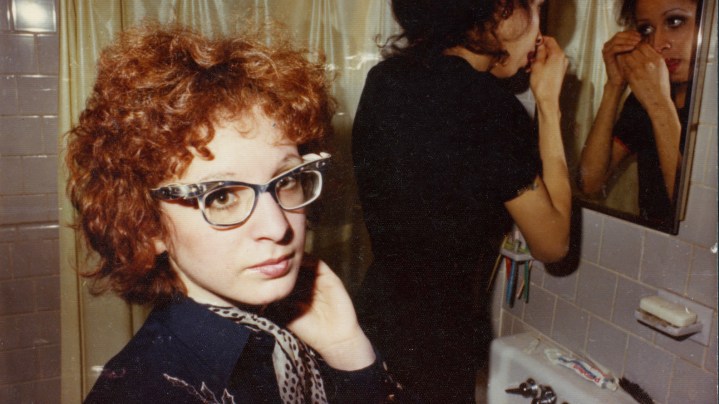
Subscribe to our Econ Extra Credit newsletter to get essays like this delivered to your inbox every week.
Opiates — drugs derived from opium —have been well known for their ability to treat pain for thousands of years. During the Civil War in the U.S., the Union Army even handed out almost 10 million opium pills to soldiers. In more modern times, opiates and synthetic opioids could only be legally obtained with a medical prescription, and the drugs were reserved for treatment of short-term acute pain, cancer, and end-of-life care. Doctors had been trained to avoid prescribing opioids for longer periods of time due to their addictive nature.
That all began to change in the 1980s and ’90s after a doctor submitted a one-paragraph letter to the respected New England Journal of Medicine suggesting that opioid addiction was rare. The letter was less than 100 words, but it became one of the key documents that drug companies (often inaccurately) cited to promote and expand the use of opioids as a “safer” method for treating long-term chronic pain.
“That letter was used to advertise by new companies that were pushing out new pain drugs,” Dr. Hershel Jick, author of the 1980 letter, told NPR. “I was sort of amazed. None of the companies came to me to talk to me about the letter, or [its] use as an ad.”
One company in particular, Purdue Pharma, was on the front lines of marketing the new prescription painkillers. As the maker behind OxyContin — an opioid drug that is two times more powerful than morphine — Purdue built an “empire of pain,” funding research and paying doctors to promote and prescribe its drug to millions of patients, many of whom became hooked. In its first five years on the market, sales hit $2 billion, helping many people suffering from chronic pain, but also fueling a drug addiction crisis that continues to this day.
From 1999 to 2020, more than 564,000 people in the U.S. died from an overdose involving any opioid, including prescriptions. Opioid use disorder and fatal overdoses in 2020 alone cost the U.S. $1.5 trillion in terms of health care, public safety, lost productivity, lower quality of life and lives lost. As of 2020, over 2.7 million people in the U.S. were suffering from opioid use disorder.
Many other drug companies have been sued for allegedly promoting the benefits of opioids and downplaying the risks. Purdue has faced the largest amount of litigation, however — thousands of lawsuits, including nearly every single U.S. state and more than 1,200 cities, counties and municipalities — because of OxyContin’s early dominance in the market. Hundreds of these lawsuits also explicitly named the Sacklers, the owners of Purdue Pharma, claiming that the family members were personally responsible for overseeing the misleading marketing of prescription painkillers and profiting immensely — to the tune of as much as $13 billion.
While Purdue Pharma pleaded guilty to federal criminal charges twice, in 2007 and in 2020, the family behind the drug company has neither apologized nor acknowledged any wrongdoing, claiming it was unaware of the misconduct of its company’s executives. Sealed depositions obtained by ProPublica, however, include testimony from one family member who said he had approved of Purdue Pharma executives’ plan to let doctors inaccurately believe that OxyContin was less potent than morphine in order to boost sales.
This month’s documentary, “All the Beauty and the Bloodshed,” examines what accountability should look like for one of the wealthiest families in the U.S. It chronicles the life and work of photographer Nan Goldin, who used her status in the art world to call on prestigious art museums, many of whom have received millions of dollars in philanthropic donations from the Sacklers, to stop taking the family’s money and remove the Sackler name from their halls. The film follows Goldin, who survived her own near fatal overdose, as she stages protests at the same institutions that have supported her living as an artist.
“All the Beauty and the Bloodshed” is available to stream on Max and DirectTV Stream with a subscription and on Kanopy for some library card holders. It’s also available to buy or rent on Vudu, Apple TV and Prime Video.
Have you watched the film? Send us your questions and thoughts by replying to this email or sending us a note to extracredit@marketplace.org.
Check out all our past selected films on our website.
There’s a lot happening in the world. Through it all, Marketplace is here for you.
You rely on Marketplace to break down the world’s events and tell you how it affects you in a fact-based, approachable way. We rely on your financial support to keep making that possible.
Your donation today powers the independent journalism that you rely on. For just $5/month, you can help sustain Marketplace so we can keep reporting on the things that matter to you.















